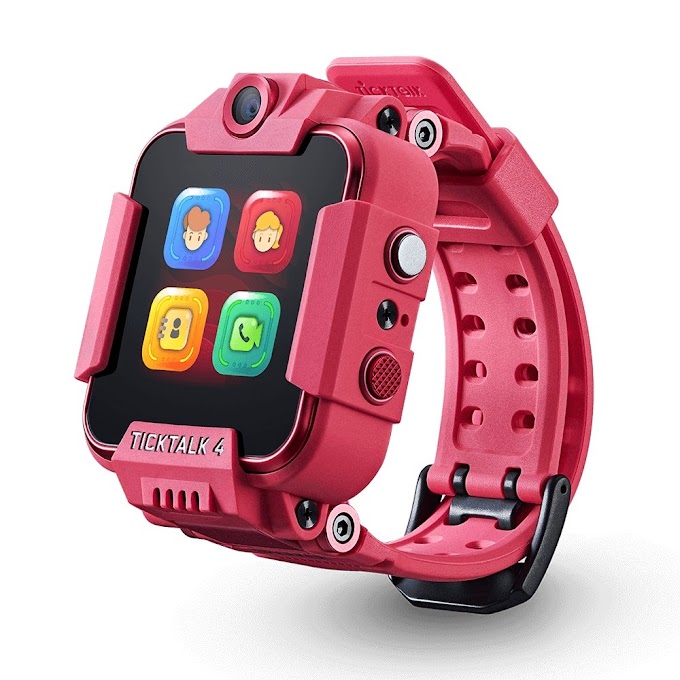You can’t ask for the officiant or coordinator to wait for you while you charge, so bring at least two fully charged batteries, as well as multiple memory cards. While it’s okay to charge a battery during an event, make sure that you still have another battery to use so you can continue with the wedding photography.
Use a wide angle lens for group shots and interiors and a different one with a longer focal length for candid and portrait shots. If you can’t bring two cameras with you, your best option is to take two lenses with varying focal lengths. Practice changing lenses fast because it can save you precious time.
As someone newer to wedding photography, you may not have the resources yet to buy everything you need, and that’s okay! One of the cost-effective ways to shoot quality photos at first is by renting gear. To try before you buy, consider these rental solutions:
Make sure each piece of equipment has a secure, designated space in a bag on the wedding day. Number your bags and pack them consistently to prevent misplacing items or leaving anything behind.
Your contract should detail where the ceremony and reception are taking place. Use this information to research photography policies and lighting conditions in these venues. Do an in-person walkthrough if possible, or preview the locations online if the venues are too far away for a pre-wedding visit.
If you need to cover weddings with multiple locations, mapping out venues and alloting travel time can work wonders. Consider traffic or unexpected delays when you move from one place to another.
Check with a GPS or Google Maps to see the estimated travel time from going to the venue for preparation, to church, and the reception venue. When being hired for photography for a wedding, the last thing you want to do is show up late because you miscalculated how long the travel time would take!
Ask venues about their photography policies! Places of worship, in particular, often have strict rules about when – and from where – you can photograph.
Wedding photographer Northern IrelandCommunicate any restrictions to your clients well before the wedding day. If your clients’ church doesn’t allow photography during the wedding ceremony, for example, setting your clients’ expectations will prevent disappointment later.
Don’t hesitate to ask venue directors if they’ll bend the rules for you (It never hurts to ask!), but always respect their final policy, even if it seems silly to you. Your reputation will thrive or die on the word of industry vendors who work with you.
How will you handle that ballroom with the green-painted ceiling? How will you photograph that dance floor on the beach once night falls? Do you know where the sun will be during that lakeside ceremony? What is the couple’s rain plan – and are you prepared for it?
Anticipate location challenges before they arise, and you won’t be panicking on the wedding day.
Other wedding vendors are going to be your best partners at the event. They can either make the job easier or harder, so it’s important that you treat them with respect throughout the entirety of the event. After the event, you can continue building a relationship with them for future weddings!
It’s always a great idea to pass along your contact information to other wedding vendors. Of course, be courteous and ask for their business cards as well. Design a striking yet professional business card that other people won’t end up tossing aside.
Wedding photographers will likely take photos of details that make up the whole wedding. Remember that your clients paid for other vendors’ creativity as well, so they would like to have a visual remembrance of it.
Photograph the catering team serving food, hair and makeup artists styling the wedding party, or the band performing during the first dance. Other vendors will love you for capturing moments of them in action. Aside from that, images like these spark feelings and memories when your clients see them.











